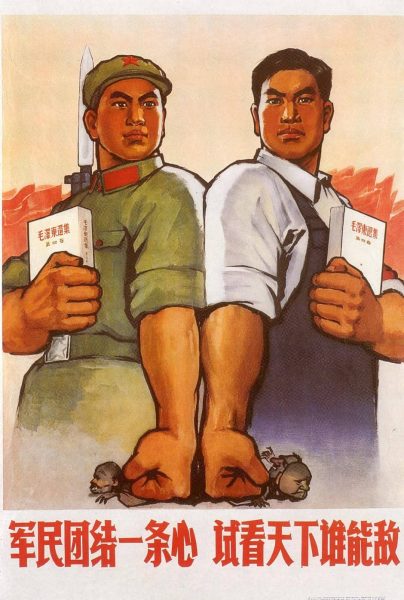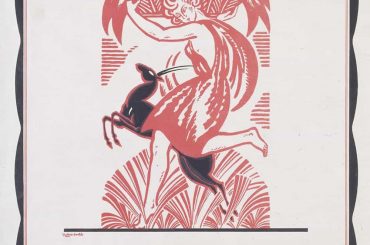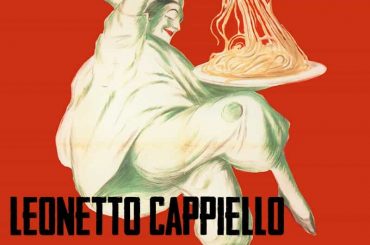Vintage Posters: A Communication Tool
Poster is an important medium widely used since the 18th century till 20th century. It was a pivotal tool that is used to communicate, influence and shape the history of mankind that we know it today. In the olden days, most urban areas and public have special designated space for vintage posters and perhaps that was the only medium of communication available before newspapers, radio, and television. In its height of popularity that span from 1880s to 1970s, hundreds of thousands of striking pieces of poster artworks were designed and printed.
Vintage Posters was an important mass informational tool because it can be mass produced in huge quantities, in identical copies, and at a relatively low cost. The discovery and innovation of printing techniques were able to evolve printed materials to become more complex and colorful. The attractiveness and the commercial nature of poster as a medium were enough to gain attention from the Parisian artists. These original artworks carry an astronomical sum to acquire today. Hence, the development of poster as an art form had always closely linked to the advancement of printmaking.
Poster can be defined as “public” piece of artwork that come in different sizes and designed to be attached to the wall for display. Posters aim to convey message through graphical images and text. It is usually designed at different sizes and displayed vertically or horizontally to be seen at short distances.
Hence, the characteristics of an effective poster design must be able to
• Instantly grab attention who is often in a hurry
• Entice people to read the information available
• Present the information fully within a the design
• and must be able to influence and convince the reader
Posters are often employed to carry many different messages such as
• As a political propaganda message
• Governmental public announcements and alerts
• As a form of selling tool with commercial intent.
Key Events: Poster development into an art form
1. Broadside ephemera
The earliest forms of posters were “broadsides” that were used to issue public decrees and government, commercial notifications. Early broadsides were crudely produced in large quantities (also known as ephemera) and to be distributed freely around town. Broadside mainly contained words and intended to convey instant message and be discarded almost instantly.
Broadside was to be printed using wood cut method. In the basic form of woodcut printing, decorative wooden letters are etched or engraved to the wooden surface creating different “depth “on the wooden blocks with ink lathered on and pressed against a paper or cloth. Wooden cut prints were inexpensive and quick to produce identical copies in large quantities; however it is unable to produce posters with intricate illustration or drawings.
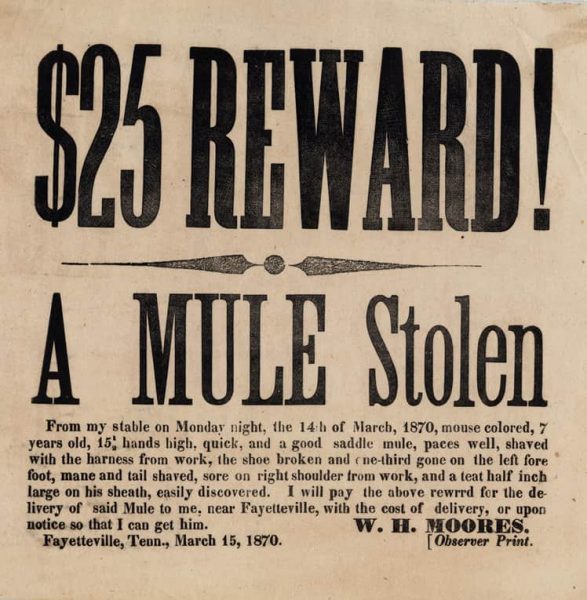
2. The Japanese Woodblock Art and Ukiyo-e influence
While in the east, woodblock printing was one of the oldest forms of printing techniques for books and arts since the 7th century. Japanese artists were able to produce multicolored beautiful art pieces from it. It was a labor intensive process where artists prepare their drawings and art work with master craftsman tracing it by directly carving it onto a wooden block. Better known as “Ukiyo-e” or “floating world”, it was immensely popular in Japan during the 1850s where it was used as a medium to promote theaters, tea houses, and beautiful courtesans in Tokyo. It was the Vintage Posters of Japan during the time. It is said that the striking design cues of woodblock art with styles such as strong black contour outlines and flat striking colors created a strong influence and a precursor to the artists in Paris during the time.
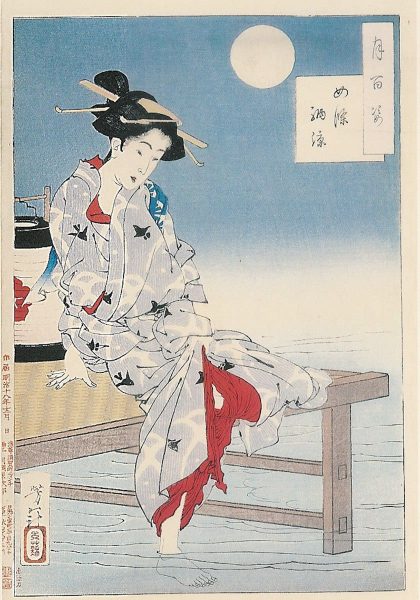
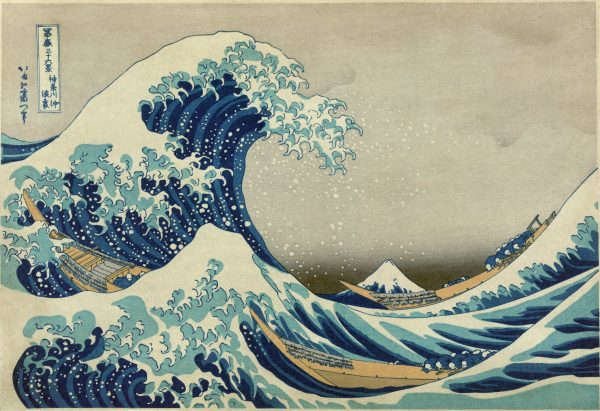
3. Invention of Early Stone Lithography Printing Process
The lithography technique was originally invented by Alois Senefelder in 1796 as a cheap method of publishing theatrical works. It is based on the simple theory that oil and water does not mix. Artist will work and illustrate directly onto a lime stone with either fat or oil or wax. The stone is then treated with acid and Arabic gum, etching away areas that were not protected by the fat, oil or wax. Color is finally applied to the lime stone and pressed against a piece of paper or cloth.
4. Innovation: Three Stone Lithography Process
Jules Cheret (1836 – 1932) was a notable French artist who designed and produced over 1,000 different artwork prints during his time. He is also known as the “father of Modern Posters”, innovated the original lithography process. His innovation to the lithography process better known as “three stone lithography” opened a whole new world of possibilities to multicolored mass printmaking. The process enabled artists to use various colors imaginable by mixing 3 colors namely yellow, blue, and red using three lithographic stones printing with different application. Though it was difficult to use, three stone lithography enabled artists to recreate unlimited copies of colorful and striking artworks with detailed sketches and drawings onto various medium such as paper and canvas.
5. The Boom of Vintage Posters Art in Paris from 1871s to 1914s
Belle époque or la belle époque “the beautiful era” was described as a period of prosperity and growth in France. The climate of stability, peace, rapid industrialization and emergence of nouveau-riches (successful industrialists in France) boosted the Parisian night life and performing arts such as cabarets, music halls and theatres in Paris. Some notable names of such establishments include Moulin Rouge and Folies Bergere. These establishments in return required advertising and exposure to drive its businesses. Posters were the go to medium of choice to illustrate the “fantasy” the joints promised.
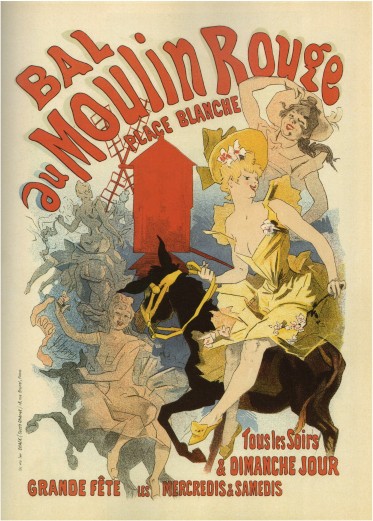
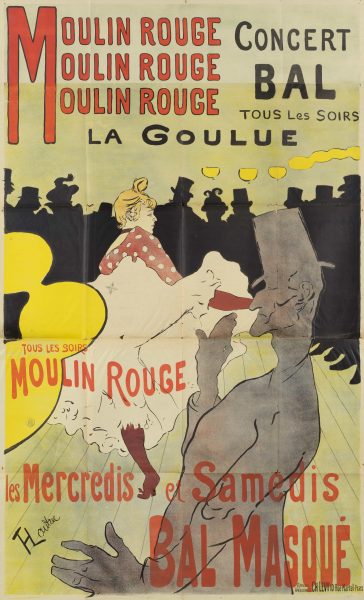
Arts Movement Influence and Posters Design
From 1880s to 1960s was the Golden Age of Poster Arts. By 1870s, the streets of Paris were lined with beautiful Posters followed by Berlin and Milan and reaching to America and other European countries. It became the primary means of communication. Poster artist was in great demand with many works and projects readily to be commissioned by publishers and advertisers. Poster arts flourished during the belle époque era (1871 – 1917) era in France. It was also during this period of prosperity, Paris became the epicenter of arts excellence with many influential fine art painters were based such as Vincent Van Gogh, Henri Matisse, Pierre Bonnat, and young Pablo Picasso. Hence, poster art design are heavily influenced by Art Nouveau styles and later Art Deco styles which were popular during the time until its decline in the 1940s.
Art Nouveau or Jugedstil (1890 – 1914)
The poster design and artistic flair during this period were very much influenced by Art Nouveau. The style is defined as “modern arts”, moving away from post-impressionism and neoclassicism. The style represents a strong departure from the old thinking. Its decorative style is characterized by the excessive use of natural elements such as long flowing lines, curvilinear shapes, floral motifs, and curvaceous women with long flowing hair.
The mastery of poster designs and lithography stone printing technique were remarkable during this period in Paris. Posters were stolen almost immediately as soon as they are put up. Riding on the wave of posters’ immense popularity, Jules Cheret created Maitres d l’ affiche, a monthly publication that ran from 1895 to 1900. A limited art publication of smaller sized (11 X 15 inch format) reproduction of some of the best original works of 97 Parisian artists. The varied selection of prints were sold in packages of four and delivered monthly to subscribers.
1900s saw a period of decline to Parisian poster scene led by key events such as the death of Toulouse Lautrec, Jules Cheret moving on the pursue fine art painting, and Alphonse Mucha leaving to America and later settled in Czechoslovakia. Art Nouveau style which was closely linked to these artists was on demise.
Some of the most famous poster artists during this period were:-
• Alphonse Mucha
• Henri de Toulouse-Lautrec
• Jules Cheret
• Theophile Stenlein
• Eugene Grasset
BULK DOWNLOAD VINTAGE POSTERS COLLECTION FROM THE SHOP
The inter War years: Art Deco 1920s -1940s
New form of visual arts emerged in France post Art Nouveau era in France after World War 1 in the 1920s and declined by the 1940s. The philosophy of the arts that melds together art motifs with machines imagery, was popular during an era that entered a stage of rapid industrialization, mass production and mechanization post World War I. Art Deco style is best characterized by strong and symmetrical geometrical shapes, rich colors and lavish ornamentation. It represented modernism, glamor and faith in social and technological progress. Art Deco philosophy spread across many forms such as architecture, interior design, fashion, and not just on graphic arts.
Influential artist such as Leonetto Cappiello is one of the best known artists of the era with many defining poster artworks that embodied the philosophy of Art Deco style. He picked up and reinvigorated the declining poster industry in Paris towards the end of Art Nouveau era with his signature artworks. His works are best remembered for as unconventional, simplified and impactful style. He was to be later immortalized in the arts history as the”Father of Modern Advertising”.
Other notable artist of the time includes AM Cassandre (1901-1968) an exceptional French artist, designer and painter in the Art Deco era. Pictured below is one of his best works that truly highlight the Art Deco poster design.
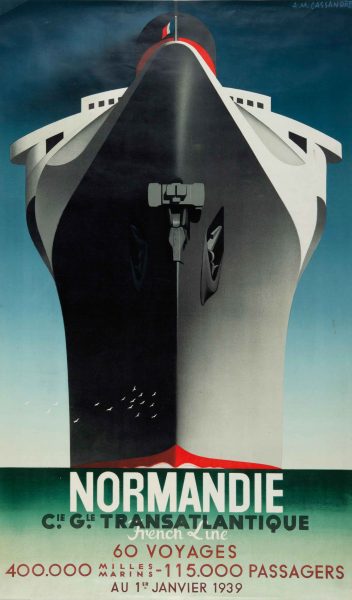
The Decline of Posters
All in all, posters have been an integral tool in the course of human history in the last 100 years and had far reaching influences. With the invention of mass popularity of radio and TV towards the end of World War II, poster as a communication tool has taken the backseat and has begun to see its twilight years as a complimentary advertising tool. The advancement of photo offset printing techniques and lighting technologies in the 1960s also bring about cheaper and mass produced giant outdoor advertising such as giant billboard and neon sign.
Gallery: The Message in Poster Arts
War Propaganda & Political Posters
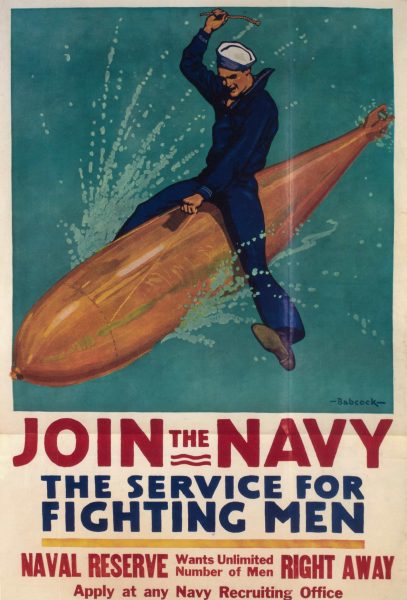
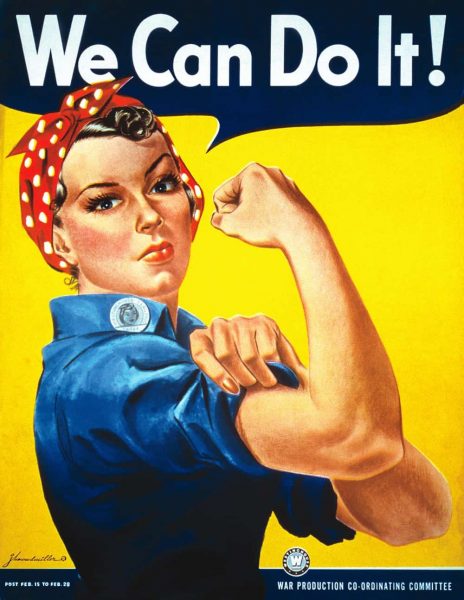
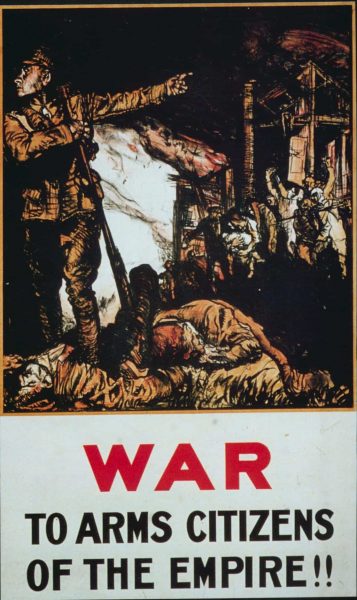
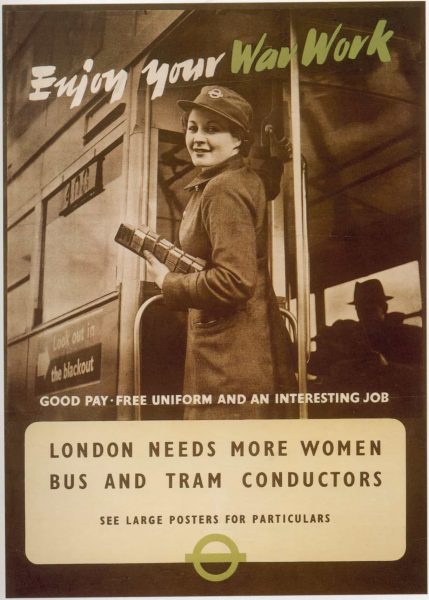

Find out more from Propaganda Posters category.
The Cold War & Communism Posters
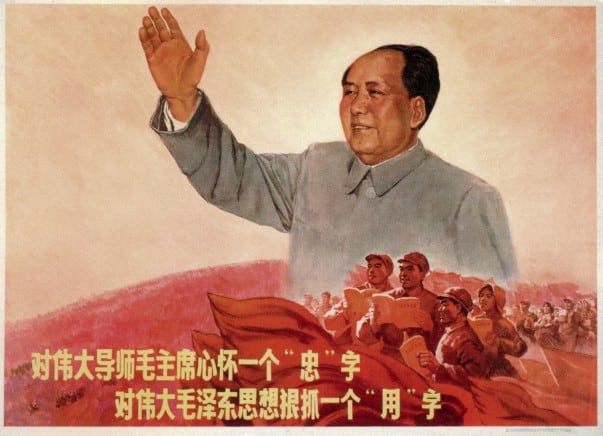
The Army and The People
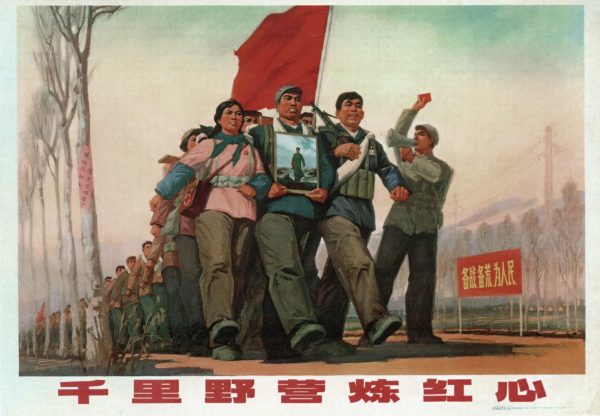
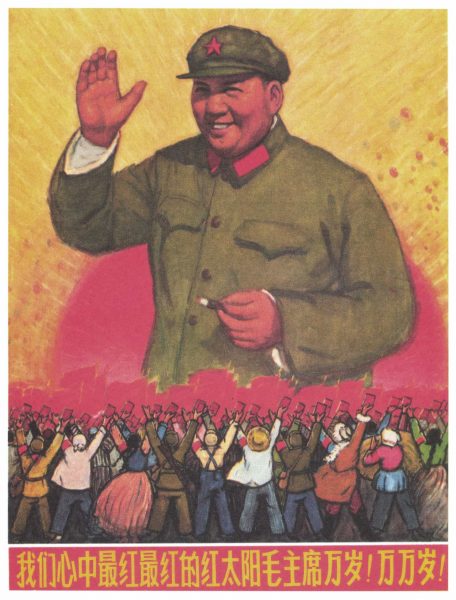
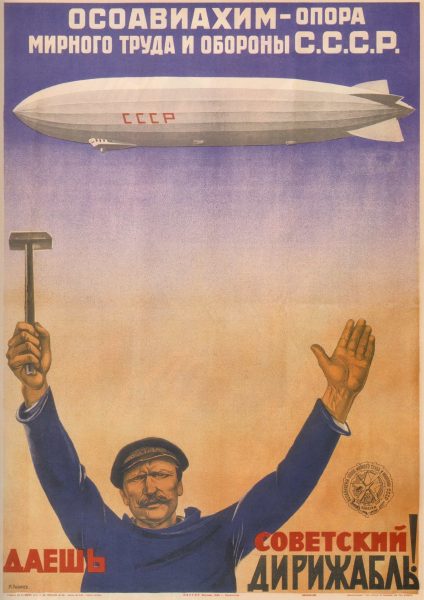
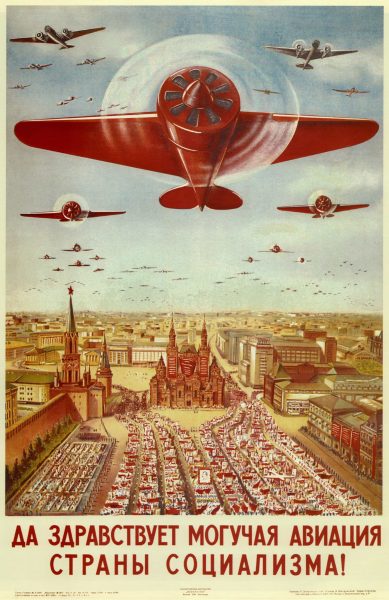
Browse more breathtaking posters from Chinese Posters category.
Vintage Tourism, Airline, Shipping, & Train Posters
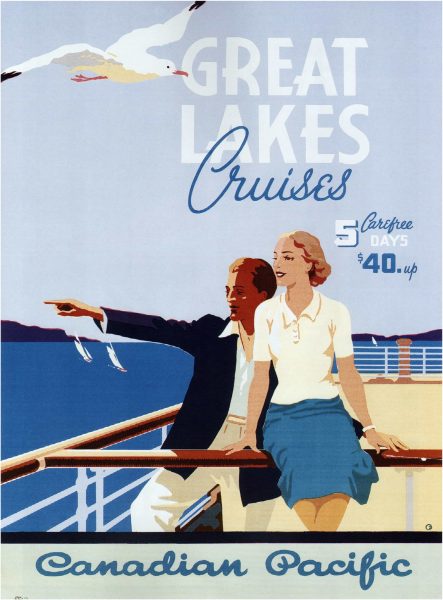
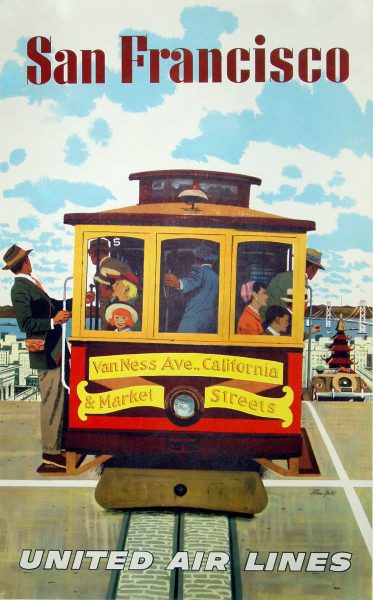
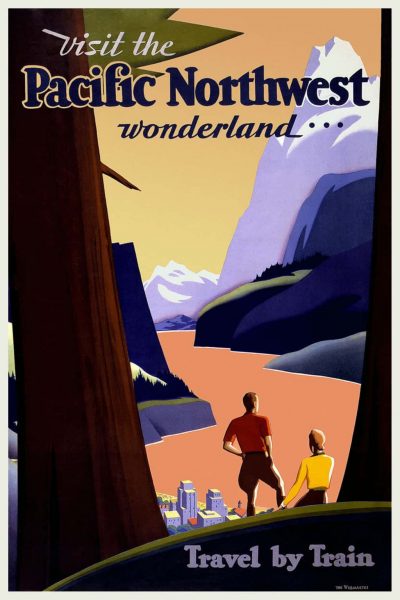
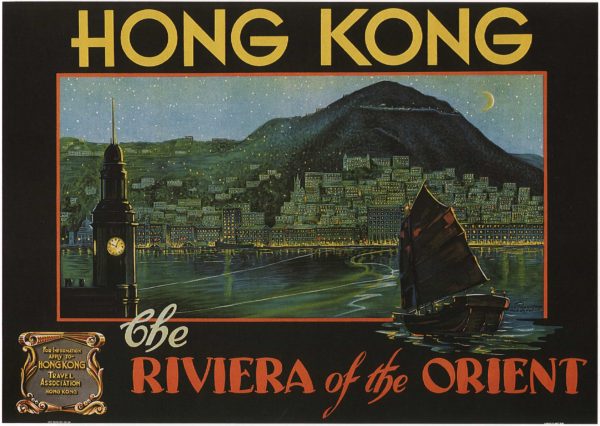
Look for more at Vintage Travel Posters Category.
Vintage Advertising Posters
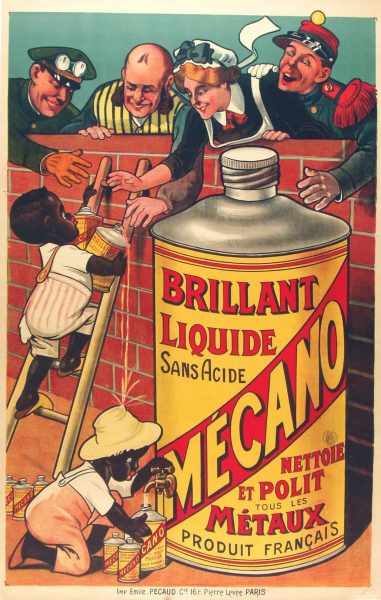
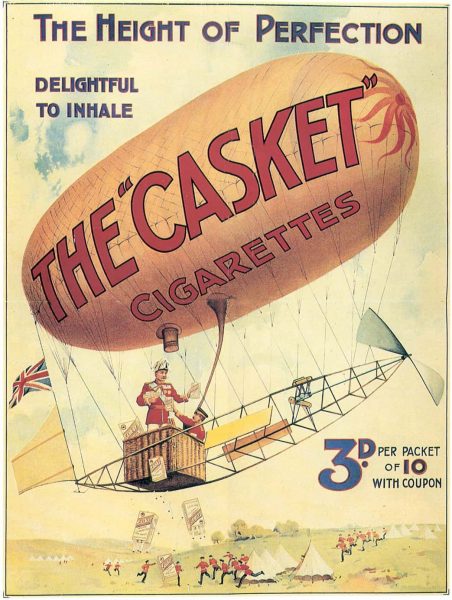
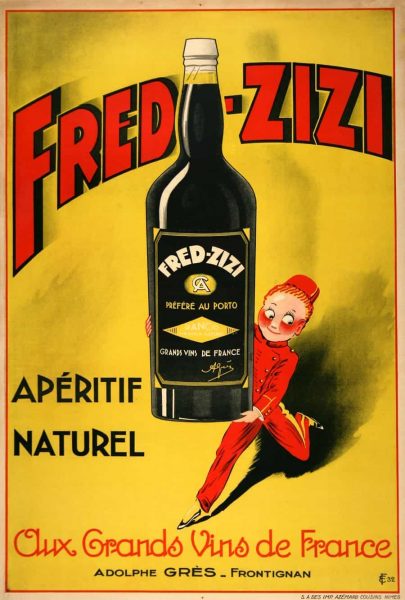
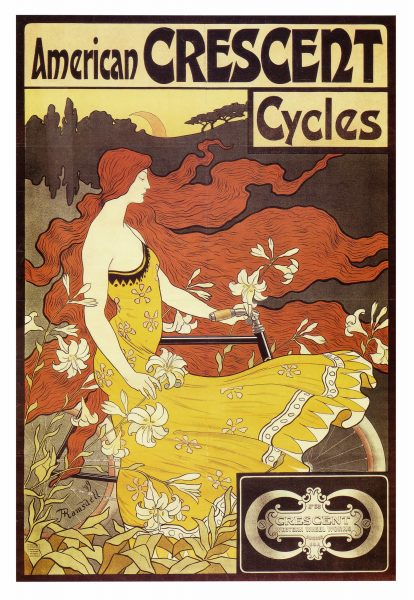
Theatrical and Play posters

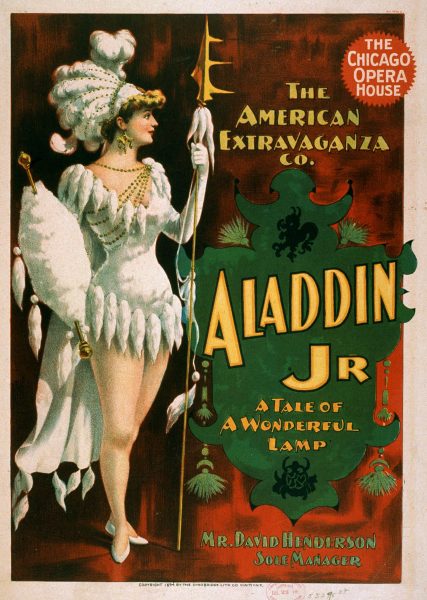
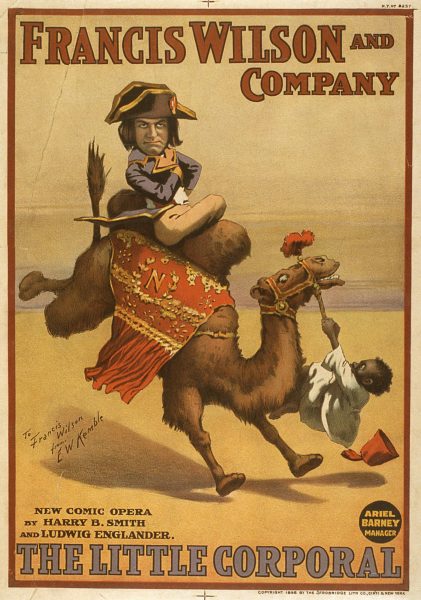
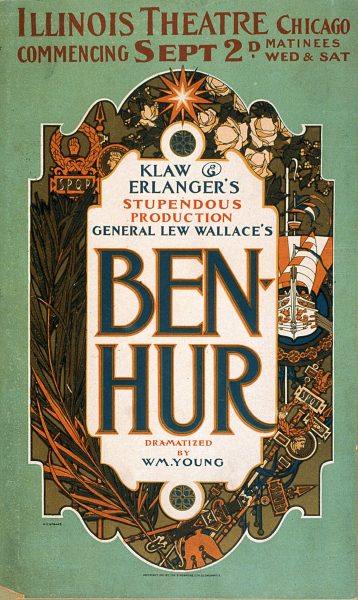
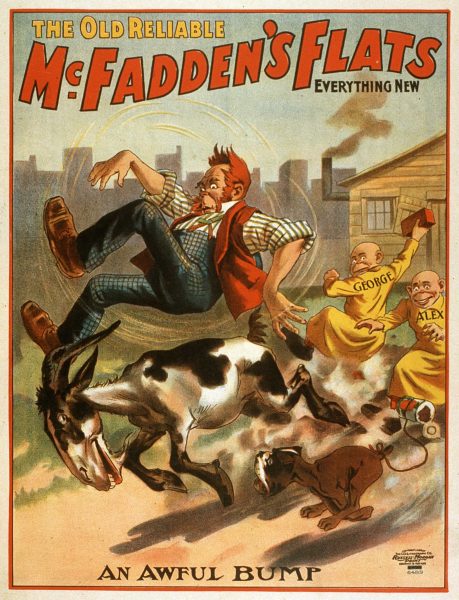
Check out more high resolution posters here.
DOWNLOAD THESE BEAUTIFUL POSTERS IN BULK FROM THE SHOP
